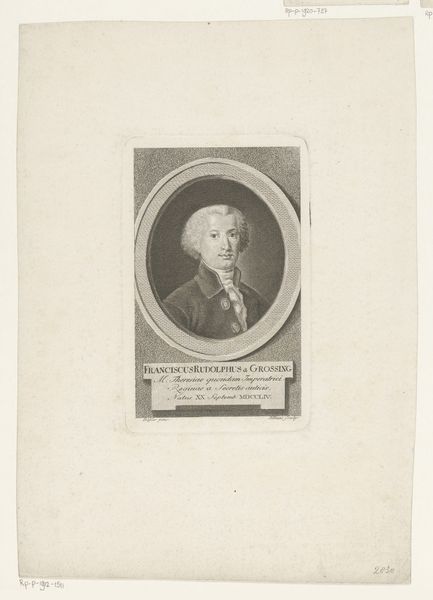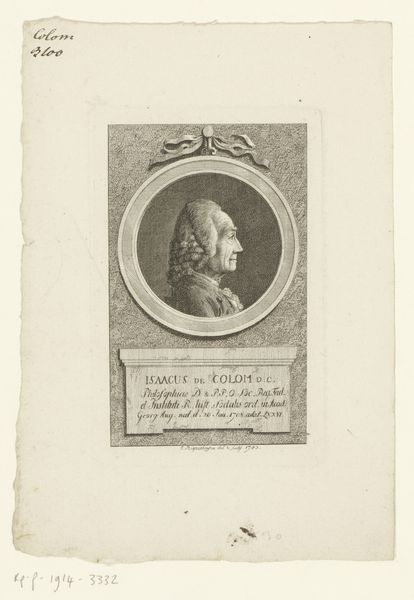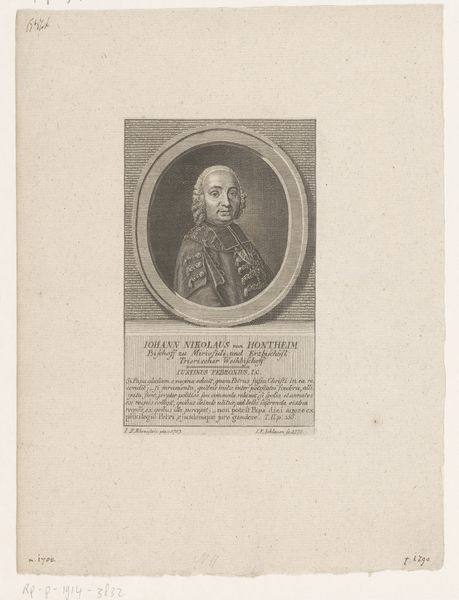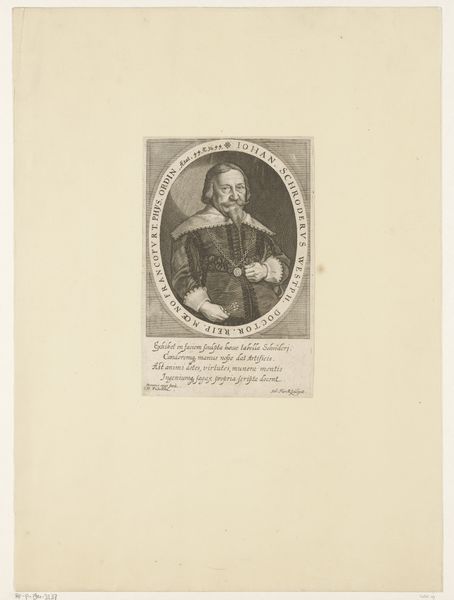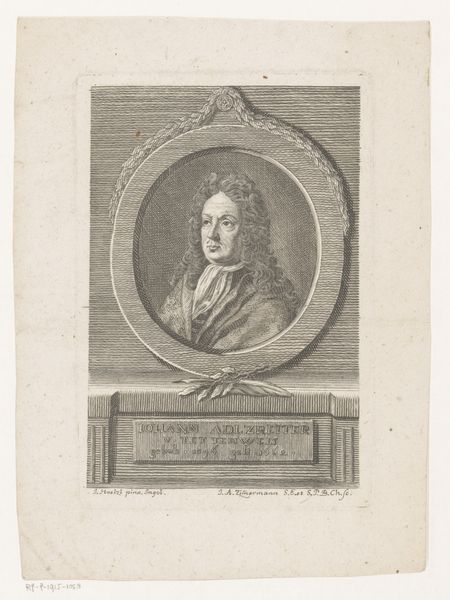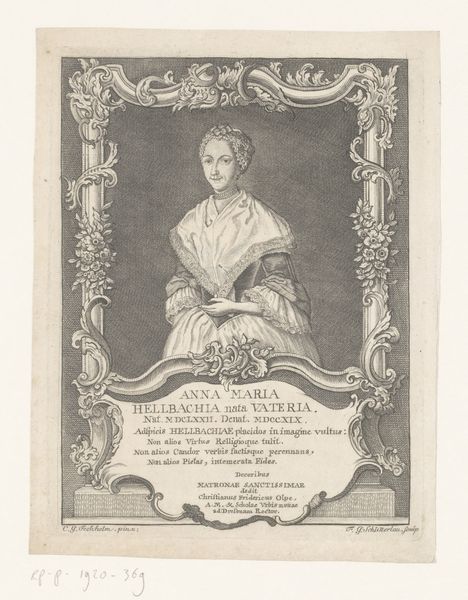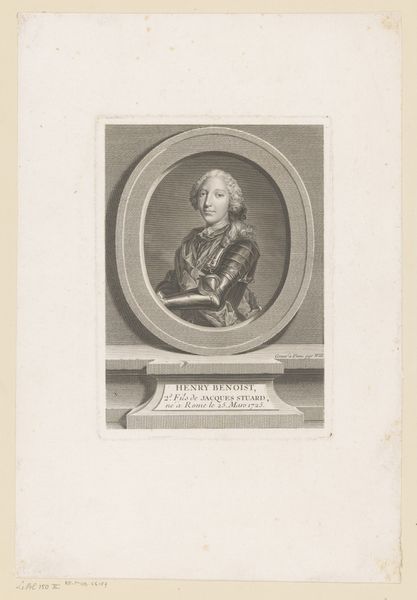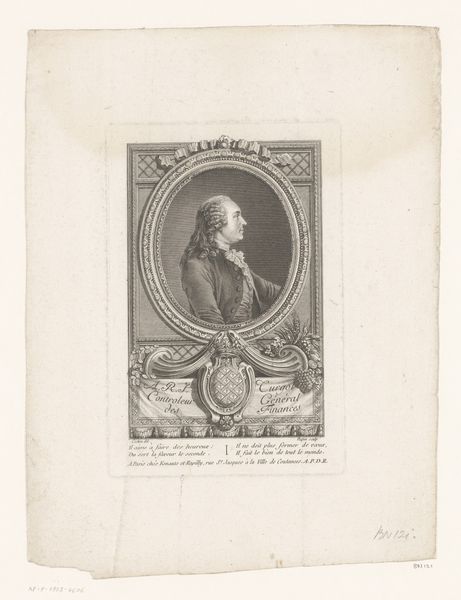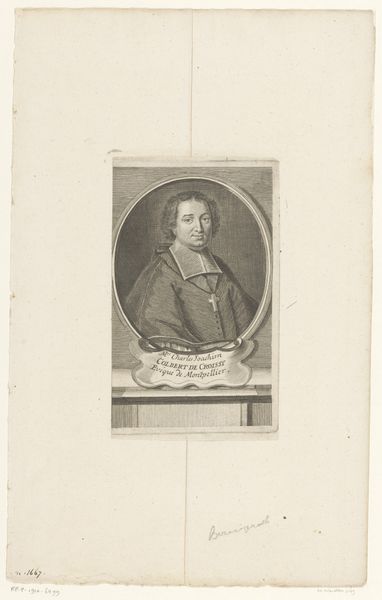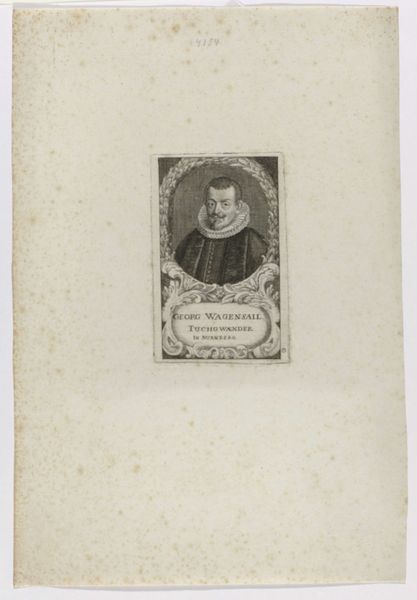
Dimensions: height 170 mm, width 137 mm
Copyright: Rijks Museum: Open Domain
Johann Adam Schweickart created this print of Barbara Christina Buchta in the eighteenth century. This portrait, like so many others, provides visual codes to understand the sitter's place in society. Consider the time in which it was made: the 1700s were an era of increasing social mobility, where many people outside the aristocracy gained wealth and some access to social status. Portraiture became a means for those people to publicly declare their new positions in society. This print, made in what is today Germany, allowed for wider circulation of Barbara Buchta's image than a painting. The text below the portrait, written in German, suggests that Barbara lived a virtuous life, with no one to match her. Historians consult records such as census data, tax records, newspapers, and other archives to learn more about the subject and to fully understand the social context of portraits like this one.
Comments
No comments
Be the first to comment and join the conversation on the ultimate creative platform.

